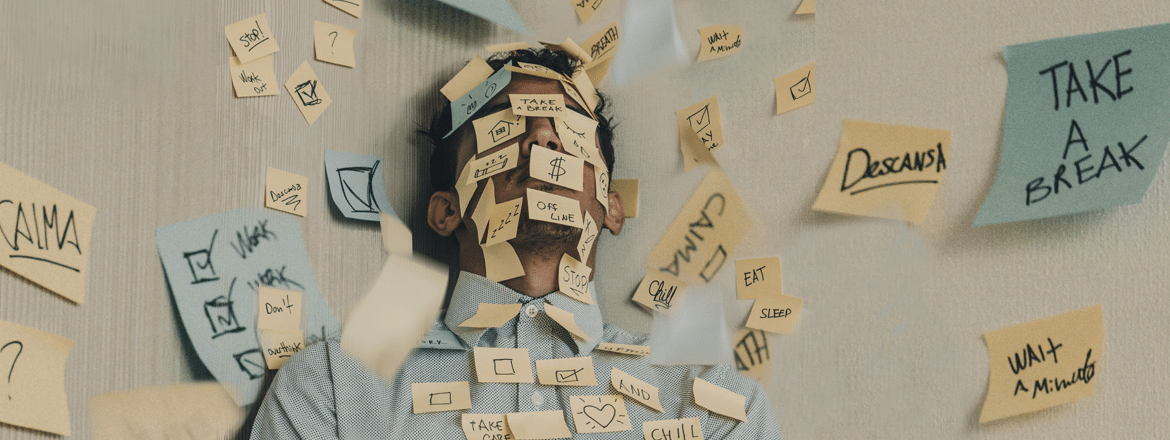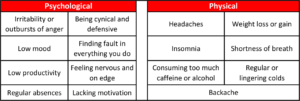
- Sep 30, 2022
- Earl DeMatas
- 0
A few months into your new responsibilities, something’s wrong. You can’t figure it out, but something doesn’t feel right. You’re not feeling as confident as you once did. Your chest feels a little tight, sweat beads begin to form on your neck and cheap usa priligy forehead. You’re nervous while performing your duties and anxious after getting dressed for work. If you’re worried about your performance or feeling uneasy about your new responsibilities, you might be experiencing work-related stress. Today, we’ll discuss some strategies you can use to manage work stress and get yourself back into prime form.
What is it?
Before we discuss strategies, what is work-related stress and what causes it? The Centers for Disease Control and Prevention define job stress as harmful physical and emotional responses that occur when the obligations of the job don’t match the capabilities, resources, or needs of the worker.” In other words, work-related stress occurs when the demands of the job are greater than your ability to cope. When it happens, a once satisfying position can transform into a stressful and unfulfilling environment. Work-related stress could arise in several different situations. It could be borne out of a disagreement with a co-worker, or a supervisor, or it could be the result of an unstable working environment with constant changes in leadership, duties, or responsibilities. Feeling undervalued or being given the impression by a superior that you could lose your job, could also be a source of work-related stress.
Causes
Stress can manifest itself throughout your workday in a variety of different ways. Whether you work long hours, manage a heavy workload, or have poor relationships with colleagues, there are plenty of causes which could lead to experiencing work-related stress. For the order clomid online without a perscription complete list visit betterhealth.vic.gov.au.

Symptoms
Diagnosing work-related stress isn’t as simple as typing it into Google and hitting search. Priorygroup.com believes it’s difficult to determine the symptoms of work-related stress because people tend to develop coping mechanisms to address stressful situations and zithromax sale by doing so, they unintentionally mask the issue instead of addressing it. A detailed list of the psychological and physical symptoms of work-related stress can be found on Priorygroup.com.

Managing Stress
According to mayoclinichealthsystem.org, there are strategies you can use to take control of your life and manage work-related stress.
1. Guided Meditations
Guided meditations can help you feel grounded and provide you with a routine to fall back on when you’re feeling stressed. Some of these applications include Breethe, Headspace, Calm, buddhify, iBreathe, Breathe+, Simple Habit and Mindfulness with Petit BamBou.
2. Focus on Your Breathing
When you’re feeling overwhelmed, focusing on your breathing can help. Taking deep breaths can help reduce stress and anxiety. Applications like What’s Up teach the use of belly breathing to calm yourself down.
3. Connect with Others
Being around other people is important to your well-being. Connect with friends and colleagues and participate in activities that you can enjoy with others.
Change
Statistics Canada reports 62% of Canadian workers attribute most of their stress to work. If left unchecked work-related stress can lead to depression, heart disease and viagra women substance abuse. Since it can take many forms, you’ll have to pay attention to acknowledge the potential circumstances that can cause work-related stress and recognize the symptoms. Whether you choose guided meditations, focusing on your breathing or connecting with others, there are steps you can take to manage. If you need some motivation to get started, Mary Engelbreit once said, “If you can’t change it, change the way you think about it.”
Tags: Blog


